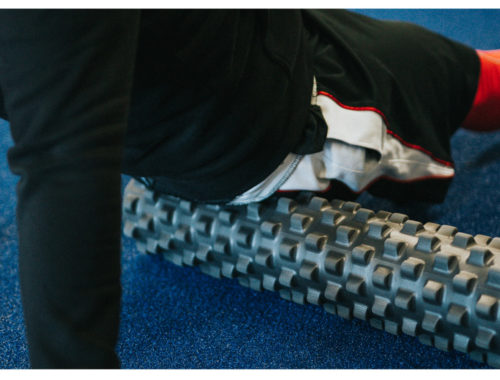Improve your sailors by testing them!
We hear about the relevance of testing our athletes all the time. But how should we approach that properly?

Everyone wants to improve their performance, whether we speak about the boat speed, the sailors’ coordination, or their strength and stamina.
As coaches, we all have calendars full of races, tons of paper filled with training programs on our desks, and athletes ready to show their skills off.
We believe in the training process. In our minds, it is the way to get the results we want. We all agree that, through the right training program, we would get there.
There is nothing to argue about all this.
But, if you stop for a second and look at it from a different perspective, it is like having a map with a path to follow (the training process), a place to go (the results we are looking for), but we miss the most important thing: our current position!
Well, when our athletes perform some tests, and we evaluate them based on the results of those tests, we are finding our -or better, their- current position.

We can have the best and shortest path on that map to reach our goal, but without the starting position, that path becomes useless.
Likewise, we can get the latest training program designed to get a precise outcome, but ignoring our starting level makes it unusable.
We can see the evaluation as the first step of the training process, not something outside of it. Testing our athletes is not something useful; it is fundamental.
Now, to approach the topic properly, we should ask ourselves two more questions:
- What should we test?
- When should we apply those tests?
-
What?
Speaking about what we should test, there are several tests specifically designed for different purposes.
Some tests are useful to evaluate motor abilities like static or dynamic balance, power, or speed, while other tests help us to assess sport-specific skills.
We need to have a clear view of what we are focusing on and what we expect.
For instance, if we are working on the lower limb strength of our athletes in the last few weeks, it could be interesting to apply a specific test on lower limb strength at the end of that training period.
By doing that, we’ll check the result of that period, understanding whether our program suited the needs or not.
We should ground the test selection on many different factors like the athletes’ age, their level, the sailing class, and so on.

-
When?
Second question: when?
Here we should value all the factors we considered above plus the moment of the year we are right now.
For example, if we just met a new crew and we are at the beginning of the winter training season, we should set a battery of different tests to evaluate as many parameters as we can. By doing that, we will be able to have a clear view of the characteristics of each athlete on the team. It will help us to determine their strengths and weaknesses, making the training program building process much smoother.
On the opposite, if we find ourselves in the middle of the competing season, we would want to assess a few specific skills of our sailors to check their level and, eventually, modify our training programs accordingly. That will ensure they will perform at their best.
As it comes out by reading these lines, we cannot deal comprehensively with this topic through just one article.
Inside our Academy, we will face all the aspects related to test in sailing with a series of workshops. During these seminars, we will go deep into the way of test selection, how we should apply the evaluation process to our athletes, and the best way to understand the results we get.
For now, let resume the take-home messages of these contents.
- Tests are nothing less than a fundamental part of the training process
- We need to understand what we want to evaluate and select the test designed for it
- We should program our tests in advance. Putting them in a calendar with a rationale will optimize our evaluation skills
Ready to discover a whole new way to train your athletes?
Join our Academy, and you’ll get monthly new content about physical training, performance, prevention, nutrition, and much more.

Filling the glasses
You May Also Like

Filling the glasses
November 20, 2020
Welcome to the Focus Lounge
August 21, 2020
